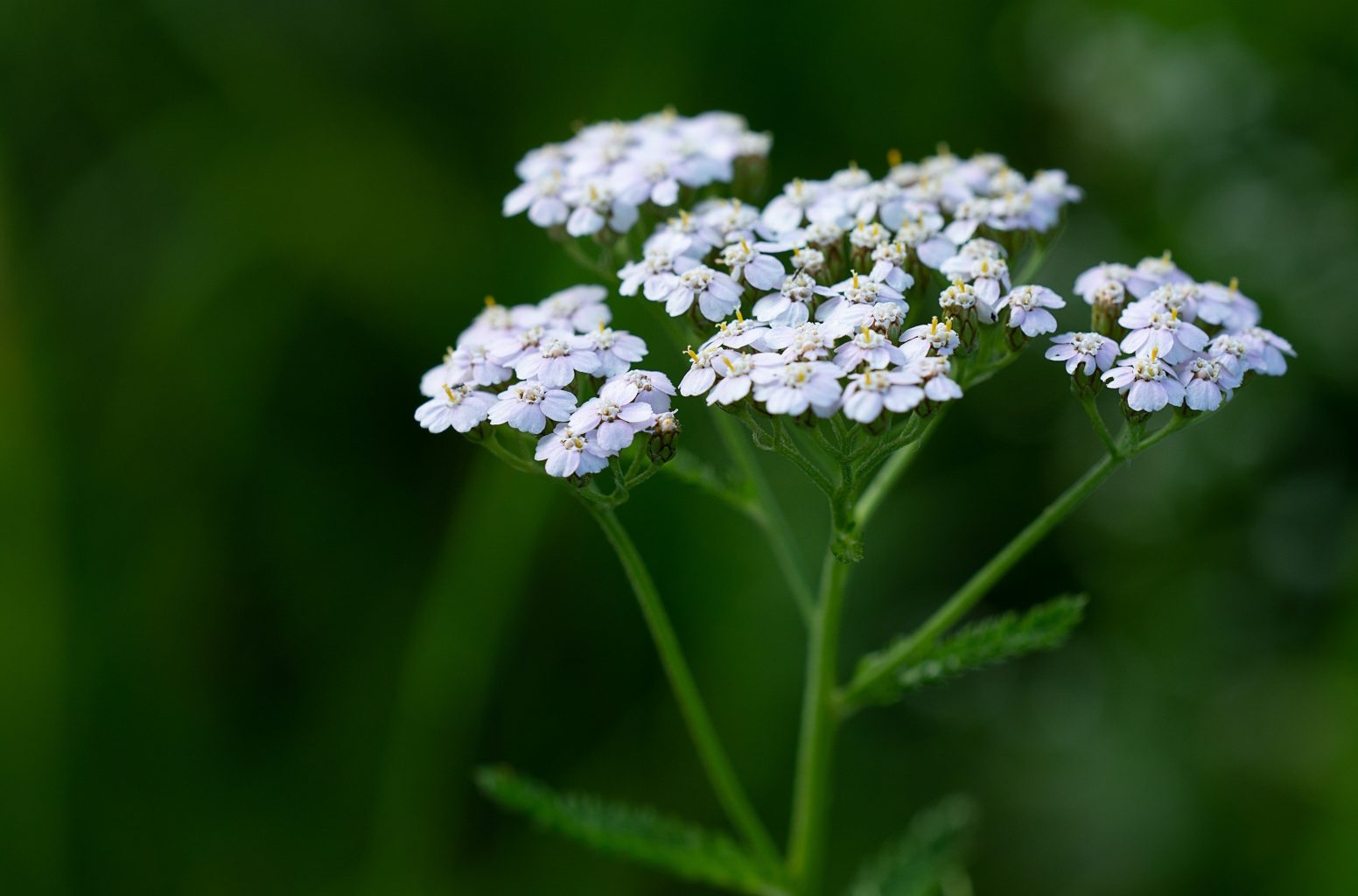
It would be very easy to look past the magnitude and magnificence of yarrow. Packed into a lovely but relatively inconspicuous presence, yarrow is an ancient healing herb with a fascinating, but elusive history. Yarrow is a perennial plant and a member of the Asteraceae family (which has over 32,000 known species). Members of this family include daisies, sunflowers and marigolds, to name a very few.
The Latin name for yarrow, Achillea millefolium, is believed to have been chosen by Linnaeus (a Swedish botanist) in 1753.
The genus name Achillea may have come from the idea that Achilles, the Spartan hero of Greek mythology, learned to use this healing herb from his mentor Chiron (who is known as “the wounded healer”). Apparently, Achilles used yarrow to save many of his men during the Trojan war. Yarrow was also known as Herba militaris because of its ability to stop bleeding on the battlefield.
Millefolium translates to “thousand leaves.”
The English word “yarrow” is said be a derivative of “gearwe” which is Gaelic for “rough stream.”
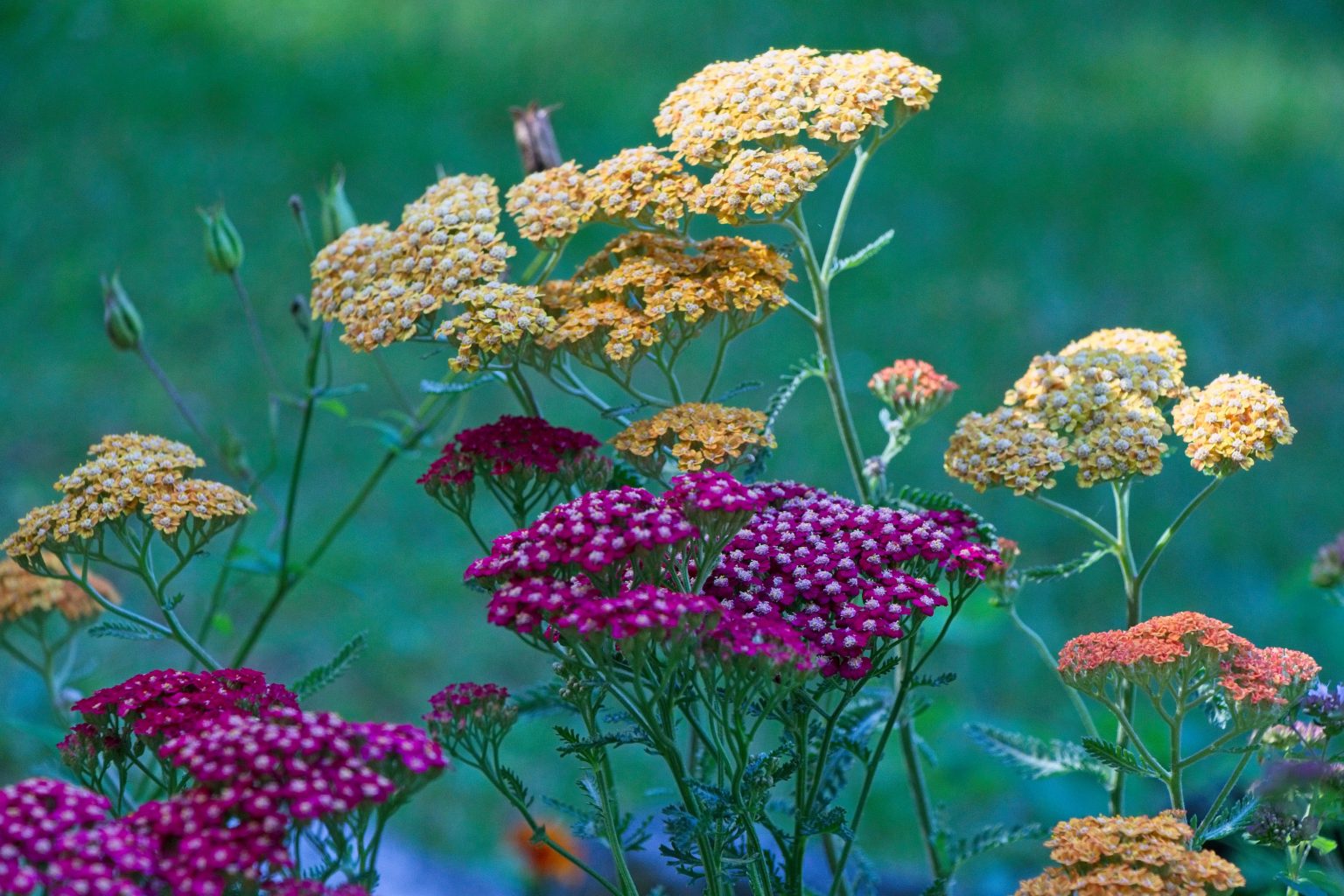
Yarrow is historically found almost everywhere and has been noted especially significant because of its prominence in herbal medicinal traditions throughout the world. Scholars say that traces of yarrow have been found buried with a Neanderthal in Iran 65,000 years ago and on the teeth of a skull in Spain dating back 40,000 – 50,000 years ago.
Yarrow is a polychrest, which means it can be used as “a remedy whose provings and clinical applications show that it has many uses, covering a wide variety of mental, emotional and physical symptomatology.”
Ancient I Ching sages utilized yarrow stalks within their practice of divination. There is an ancient Eastern saying: “Wherever yarrow grows one need not fear wild beasts or poisonous plants.”
The Anishinaabe used yarrow in many forms (dried and hung in bunches, in tea, mixed with the building materials of their homes) as protection to scare away evil.
In Ireland, the peoples valued yarrow to the point they would not harvest it without certain rituals, such as a spoken verse to first honor the plant.
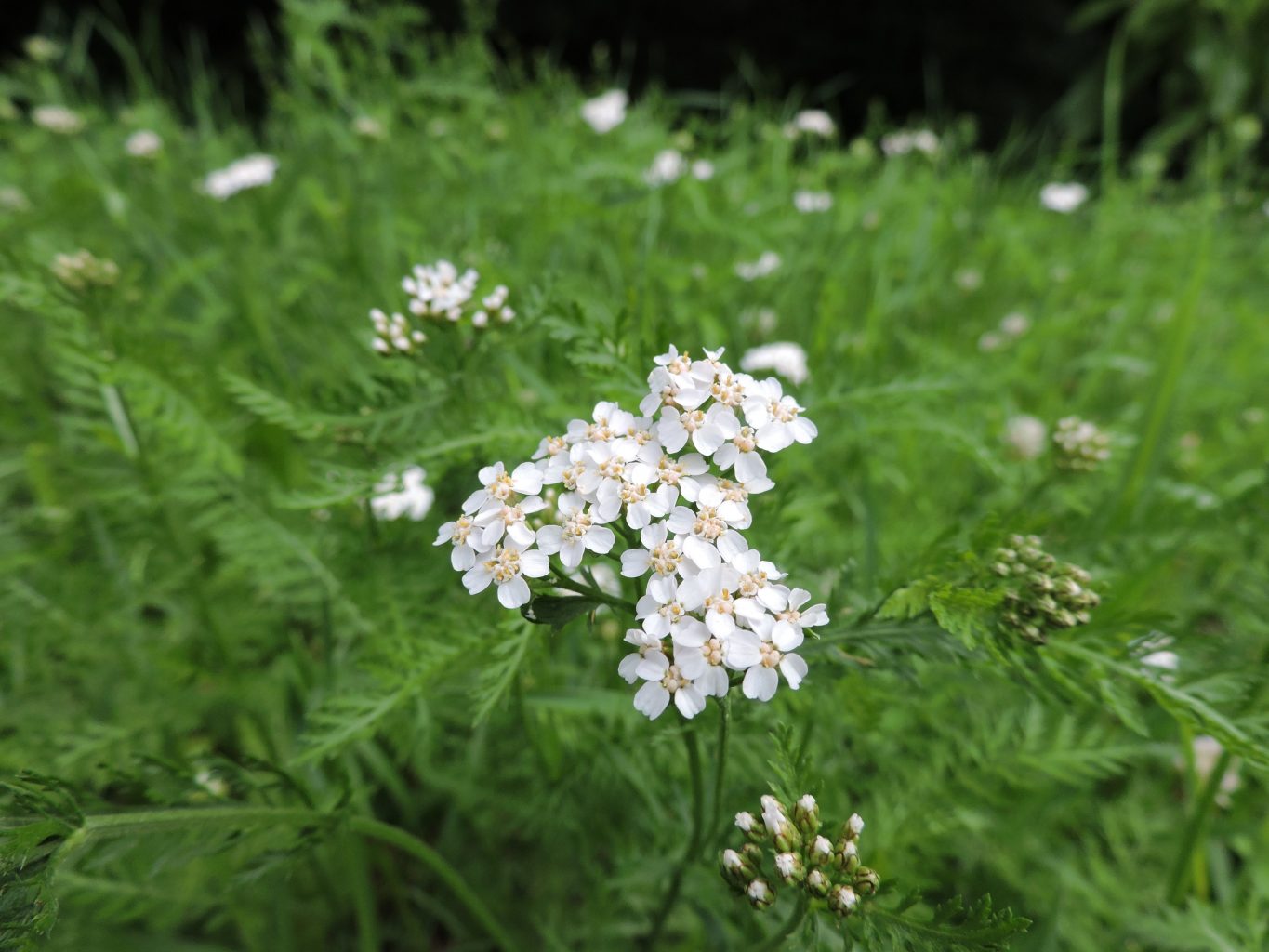
For a closer look at common yarrow (the kind you find growing wild), you can start with the flowers and see they are not really quite white, but a little muted or off-white. There is an almost antique-quality to their delicate beauty.
Now the leaves, you can see they are quite distinctive and there are “thousands” of little extensions on what looks almost like a stalk of grass. Because there are many similar plants with white flowers, the feathery-ness of the yarrow leaves can help with identification.
Common yarrow is an herb with several stems rising from a branched rootstalk. It is drought-resistance and attractive, especially to butterflies and bees. Although it grows most places, especially where soil has been disturbed for some reason, it does not tolerate shade too well. In any food forest, yarrow accumulates nutrients that helps build healthy soil.
Overall, this is an adaptable, cheerful little plant whose home range was already wide, but explorers, traders and colonists spread it further as they carried the seeds in their pouches to make sure they would have access to its amazing medicinal powers in strange, new lands.
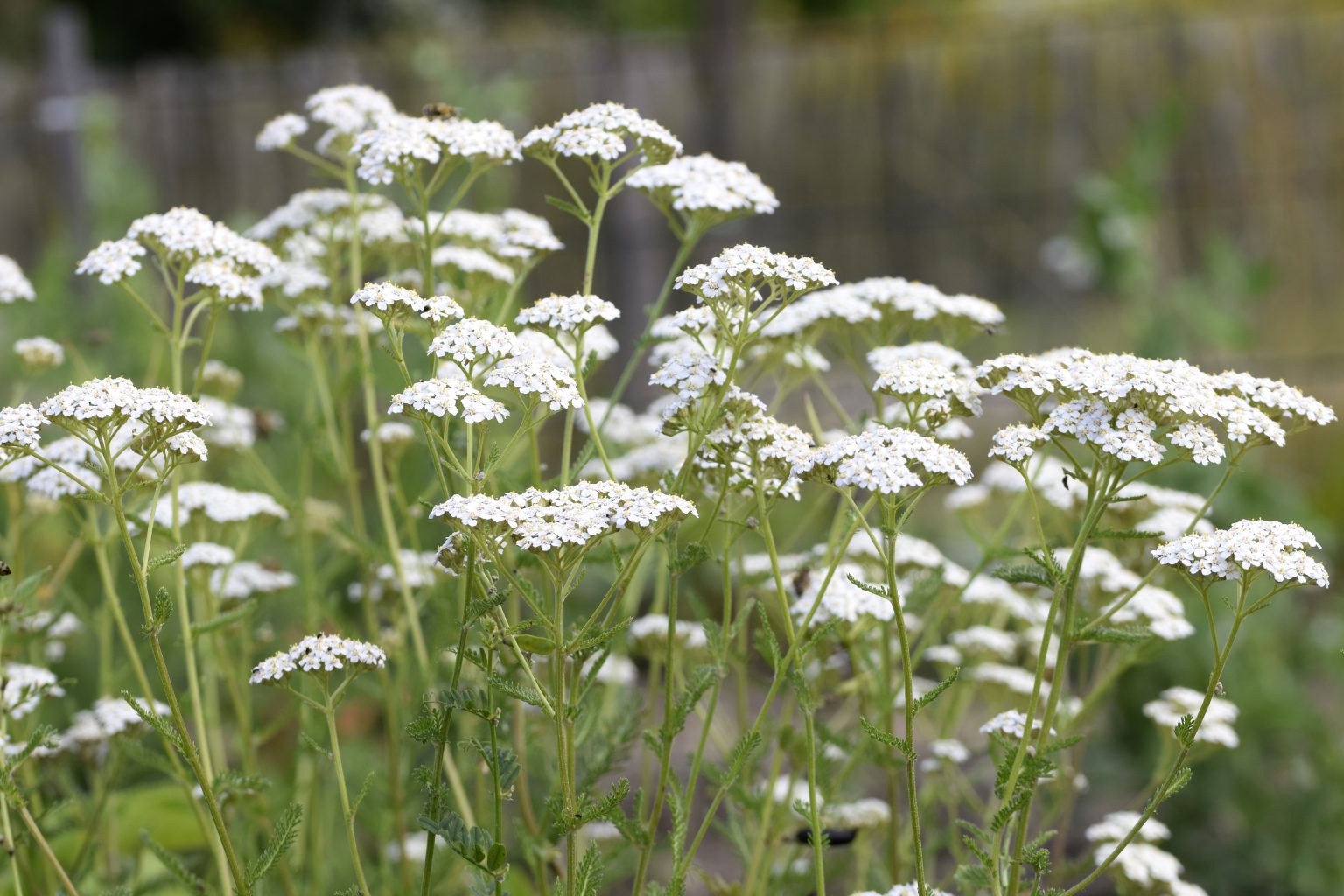
Another of the benefits of yarrow is its use in food and drink. Before hops were integrated into the brewing of beer, for example, yarrow was commonly used in creating extraordinary brews. Many modern brewers have kept the tradition; some have even published books on the subject. Apparently, there is a natural antibacterial, antiseptic and antimicrobial effect that balances an ale while adding an inebriating quality that is said to be not as sedating as hops.
As with rosemary, sage, thyme and other such culinary herbs, small amounts of yarrow can be used to flavor a recipe. These amounts are enough to flavor without providing the medicinal effect these and other culinary herbs are also capable of.
It is in the realm of traditional pharmacopeias that yarrow has had an impact all over the world. The benefits are so numerous, it is beyond our scope to cover them all. Traditionally the medicinal applications of yarrow have been known to help stop bleeding, assist with issues such as blood pressure, circulation, colds and flu, induce sweating, reduce fever and act as a skin toner and astringent.
Of course, it is imperative one always consult any medicine-based usage with your doctor or naturopath.
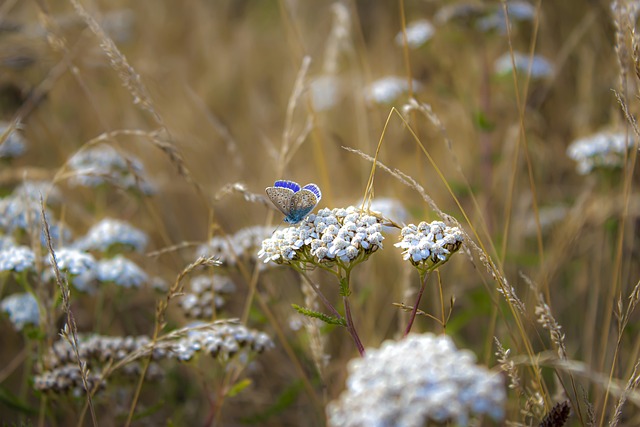
There are aesthetic and practical ways to get to know yarrow on a more personal level. Within books, articles and informational videos you can find wonderous concoctions such as tinctures, for example. Tinctures are a concentrated herbal extract made by soaking the flowers and leaves in pure alcohol (or a non-alcoholic substitute) for approximately 6 weeks. One traditional use of tincture was, after diluting it with water, to wash wounds, cuts or bug bites (to disinfect and stop bleeding). Alternatively, the leaves and flowers were crushed and used as a poultice.
Yarrow tincture has traditionally been useful as a bug repellent. In a study done by the U. S. Army, the effectiveness was equal to or perhaps greater than DEET in repelling insects, but the yarrow tincture needed to be reapplied many times more in the same time frame. There are also many interesting bug repellent recipes which incorporate a few drops of various essential oils such as lavender, lemon eucalyptus or citronella.
Getting to know the citizenry of plant world, in your unique way, can open a whole new dimension to your life. We’ve only included a fraction of what is possible!
